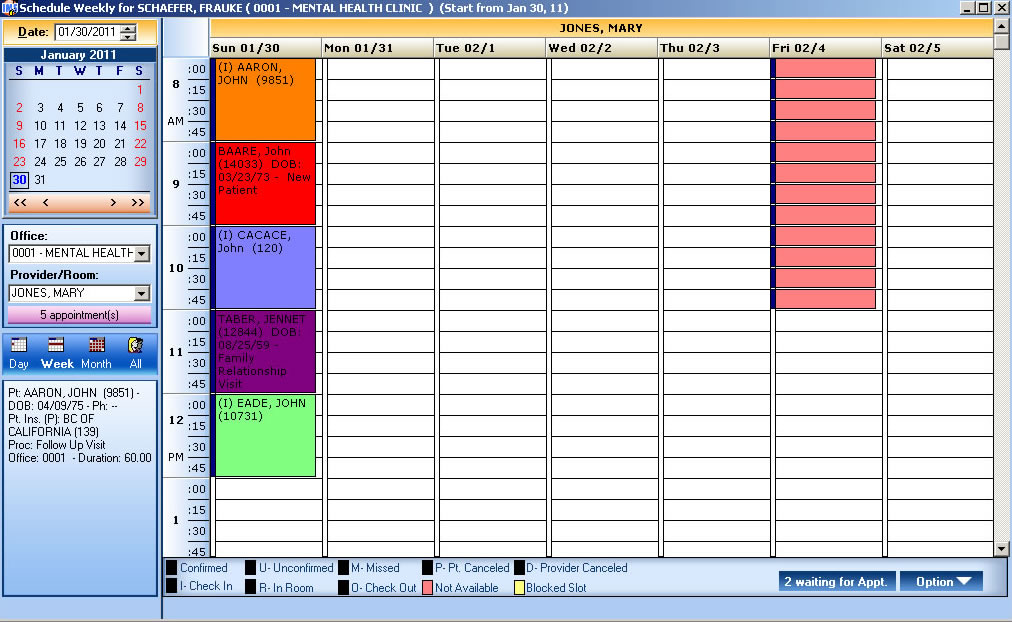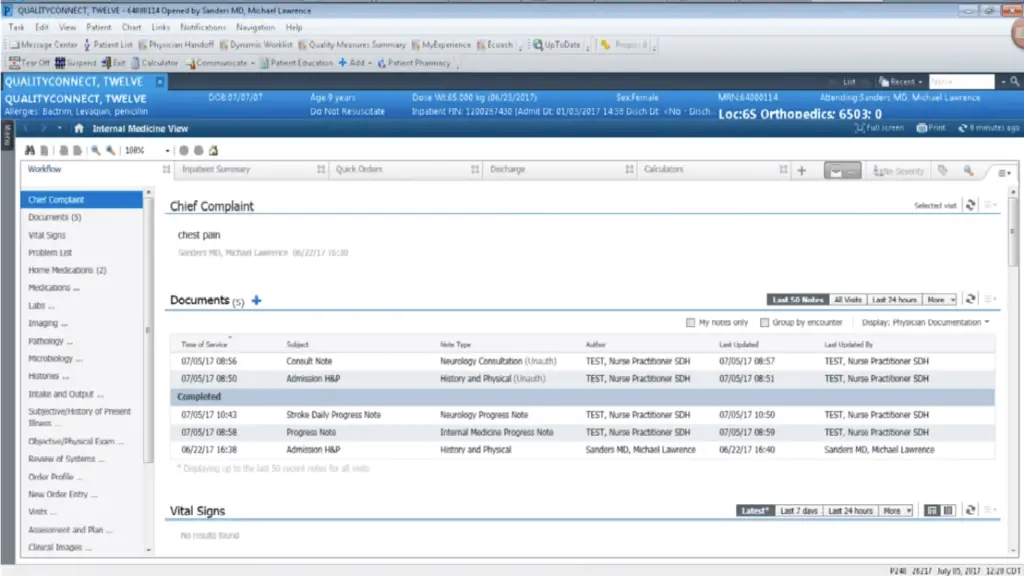

- #Free electronic medical record software portable#
- #Free electronic medical record software software#
To attain the wide accessibility, efficiency, patient safety and cost savings promised by EMR, older paper medical records ideally should be incorporated into the patient's record. Data can be transmitted (or accessed without transmission) by HIT systems without need for further semantic interpretation or translation. Machine interpretable data (structured messages, standardized content)Īutomated transfer from an external lab of coded results into a provider’s EHR.

HL7 messages and indexed (labeled) documents, images, and objects. Machine organizable data (structured messages, unstructured content) While it can be achieved at any level, each has different technical requirements and offers different potential for benefits realization. The Center for Information Technology Leadership described four different categories (“levels”) of data structuring at which health care data exchange can take place. Congress is currently working on legislation to increase funding to these and similar programs. Under the ONC, Regional Health Information Organizations (RHIOs) have been established in many states in order to promote the sharing of health information.

In 2004, President Bush created the Office of the National Coordinator for Health Information Technology (ONC), originally headed by David Brailer, in order to address interoperability issues and to establish a National Health Information Network (NHIN). Only counting the outpatient vendors, there are more than 25 major brands currently on the market.
#Free electronic medical record software software#
There are currently multiple competing vendors of EHR systems, each selling a software suite that in many cases is not compatible with those of their competitors.
#Free electronic medical record software portable#
Without interoperable EMRs, practicing physicians, pharmacies and hospitals cannot share patient information, which is necessary for timely, patient-centered and portable care. In the United States, the development of standards for EMR interoperability is at the forefront of the national health care agenda. In healthcare, interoperability is the ability of different information technology systems and software applications to communicate, to exchange data accurately, effectively, and consistently, and to use the information that has been exchanged. The following issues are behind the slow rate of adoption:

The healthcare industry spends only 2% of gross revenues on HIT, which is meager compared to other information intensive industries such as finance, which spend upwards of 10%. The vast majority of healthcare transactions in the United States still take place on paper, a system that has remained unchanged since the 1950s. Less than 10% of American hospitals have implemented health information technology, while a mere 16% of primary care physicians use EHRs. The term has sometimes included other (HIT, or Health Information Technology) systems which keep track of medical information, such as the practice management system which supports the electronic medical record.Īs of 2006, adoption of EMRs and other health information technology, such as computer physician order entry (CPOE), has been minimal in the United States.


 0 kommentar(er)
0 kommentar(er)
